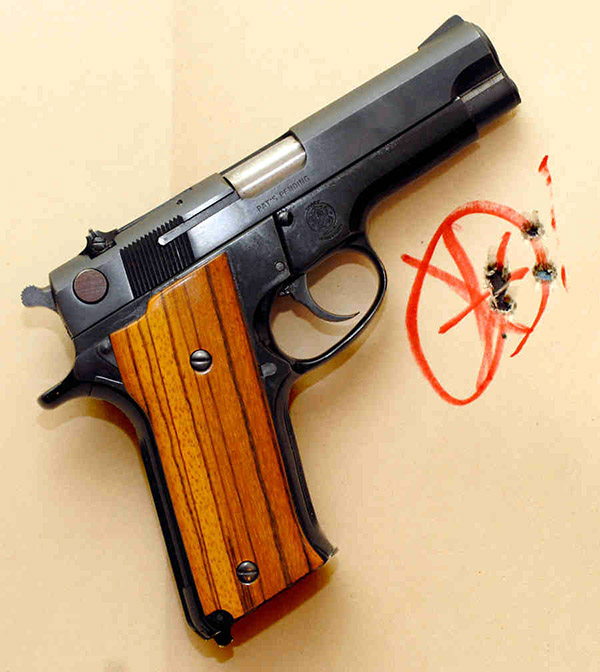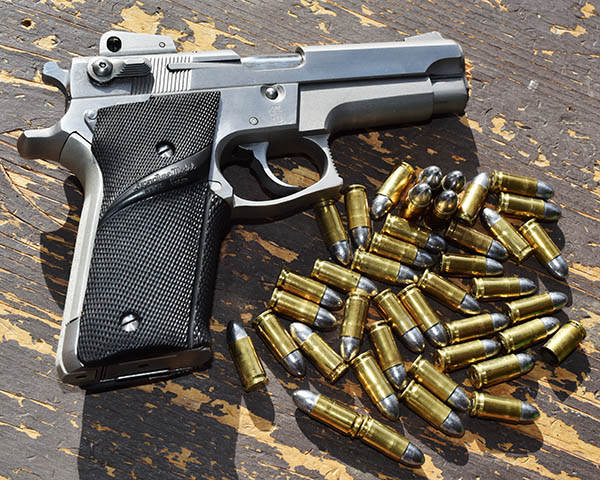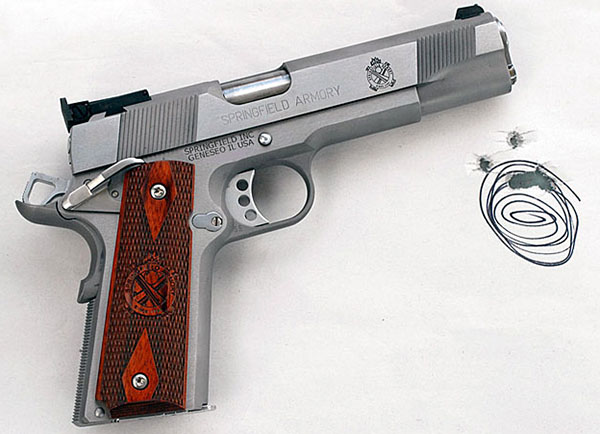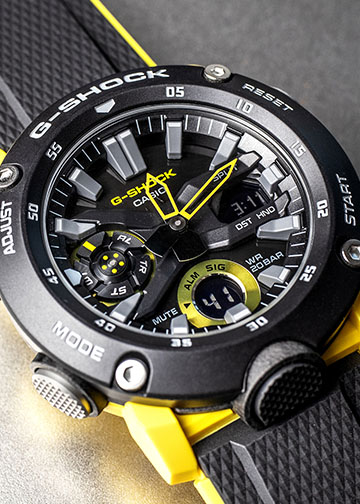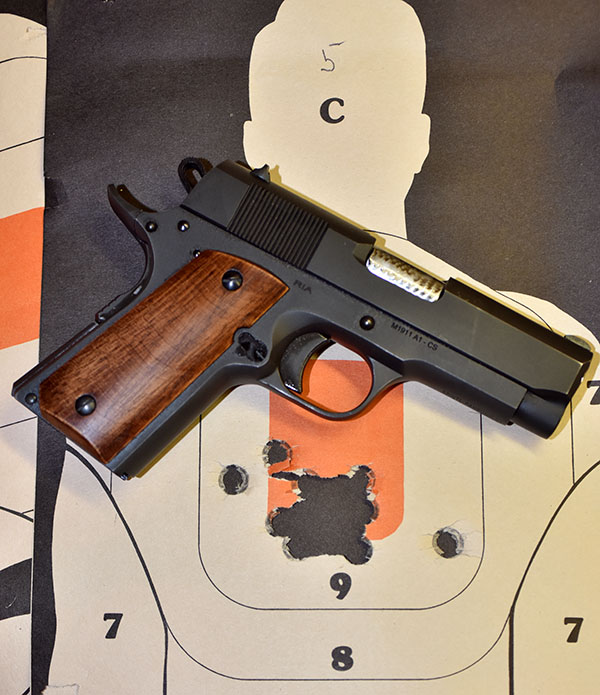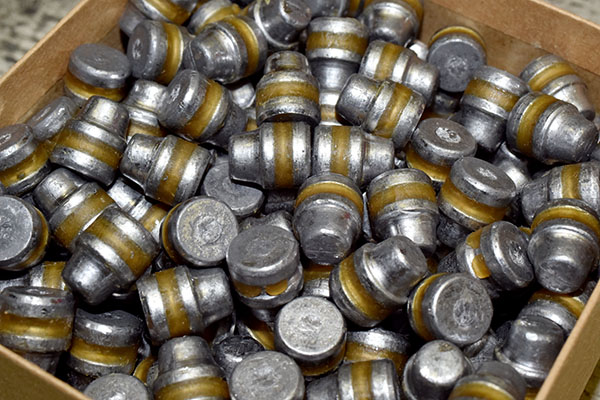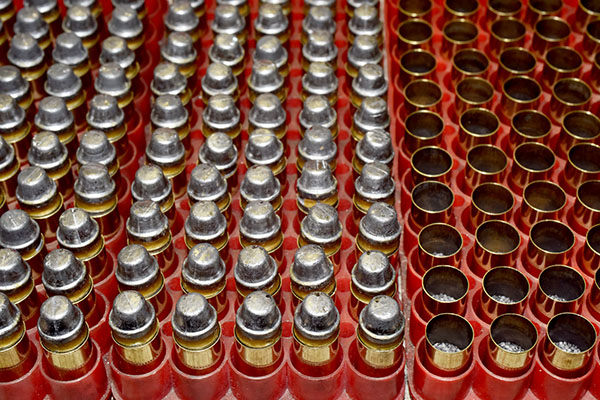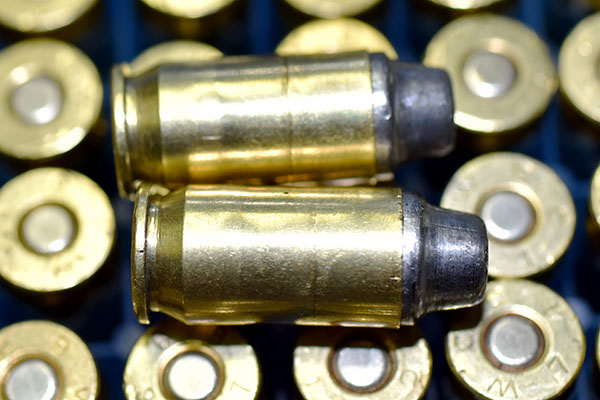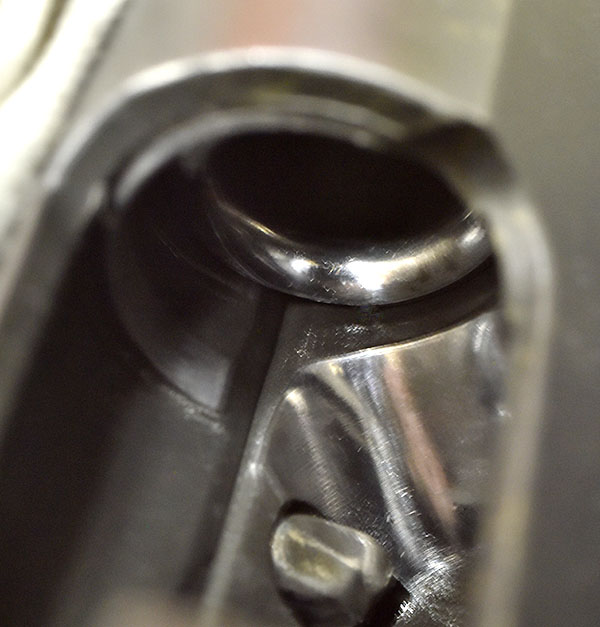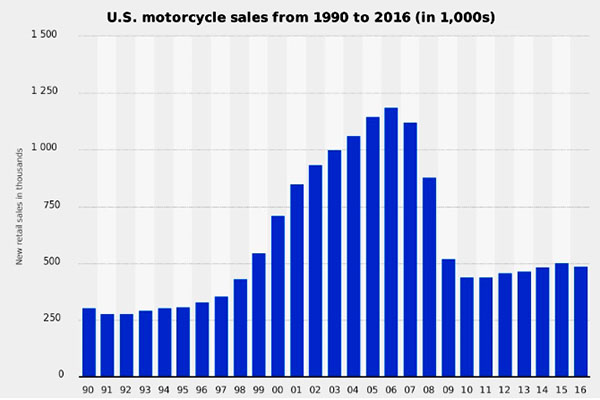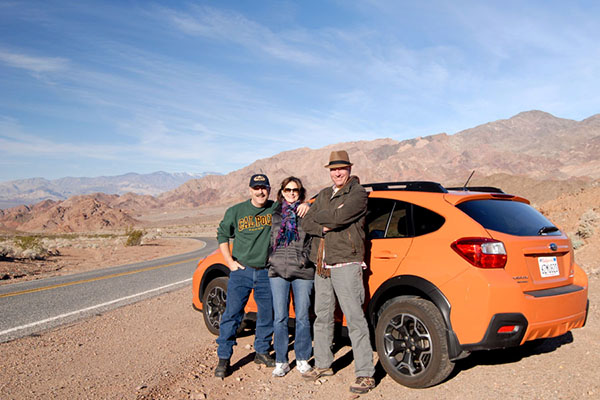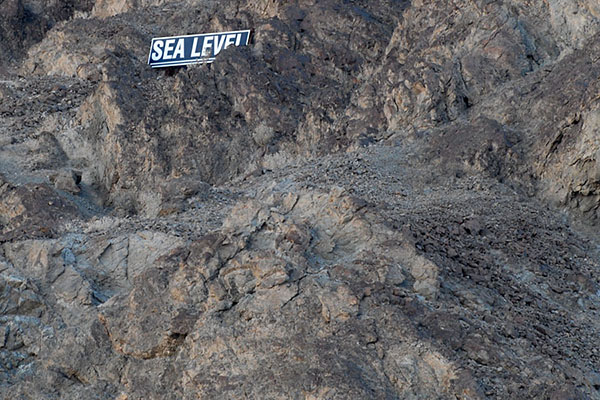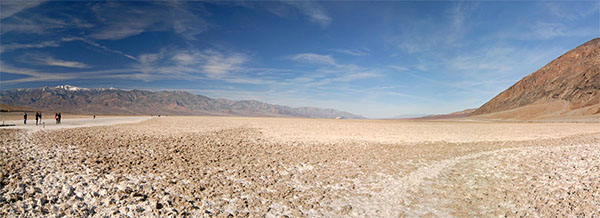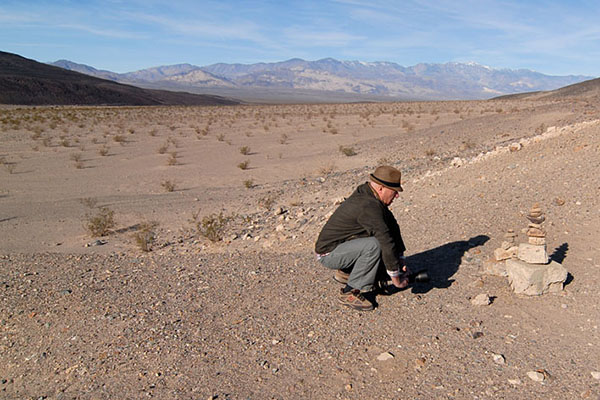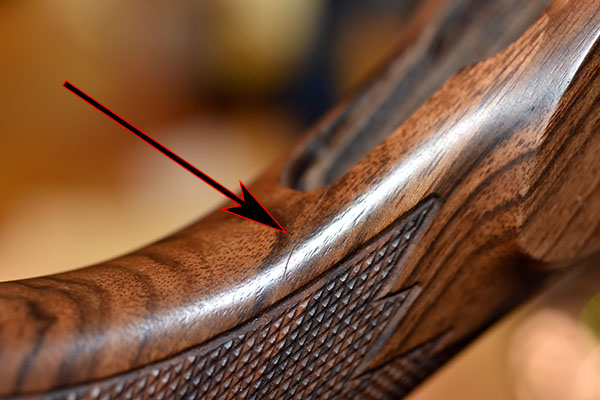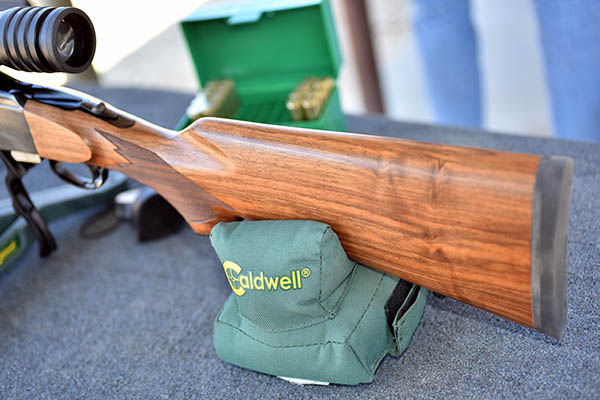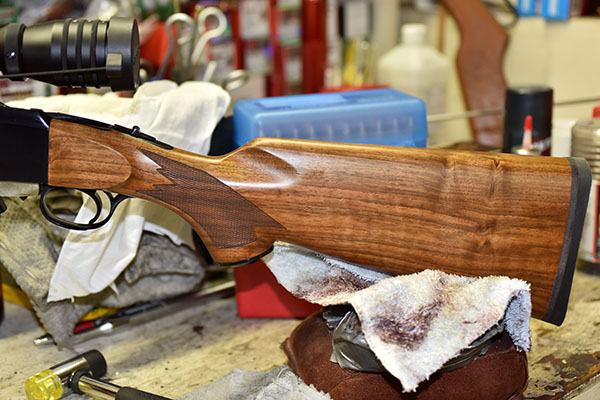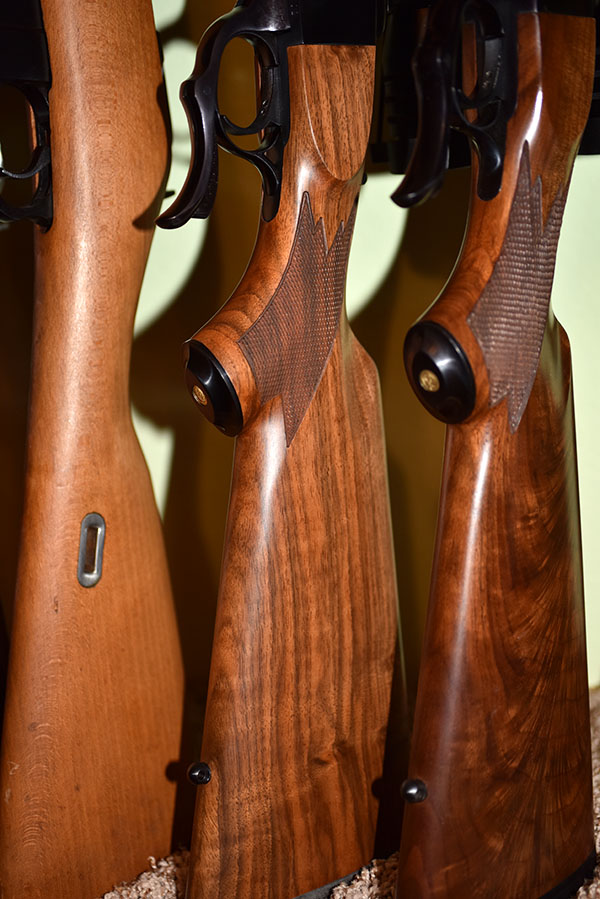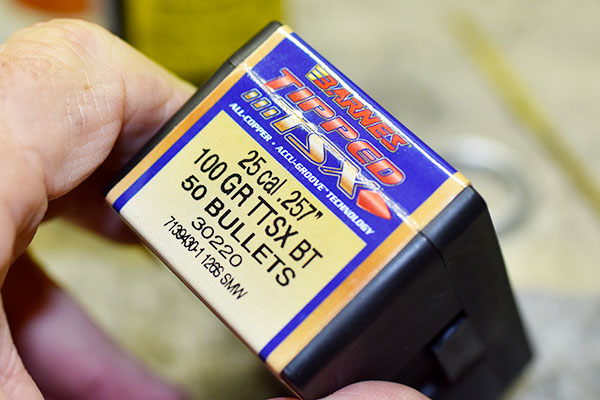This has been a fun year, and a fun year to be a blogger. When we started ExhaustNotes 18 months ago, we had no idea we’d get the loyal following we have, the number of hits we’re getting, and the number of comments we would receive from you, our amazing readers. In the past 18 months, we’ve published 572 blog posts (this is Blog No. 572), we’ve had something north of 200,000 page visits, and we’ve received 2,481 approved blog comments. We actually had quite a few more comments, but the spam comments are filtered out and we’re not counting those. And you spammers out there, thanks for all the biblical excerpts, the website optimization offers, the hairstyle stuff (seriously, you think Gresh or I need hairstyle products?), and the offers to manufacture stuff in and buy chotchkas from China. You guys keep it coming, and our filters will keep bouncing it. Hope springs eternal, I guess.
 Our most commented upon post last year? It was Joe Gresh’s blog on Bonnier and the demise of Motorcyclist magazine, which really raked in some zingers. Nobody makes the written word come alive like Joe does, and that includes his opening line in that blog: The distance from being read in the crapper and actually being in the crapper is a short one. According to Dealer News, Motorcyclist magazine crossed that span this week.
Our most commented upon post last year? It was Joe Gresh’s blog on Bonnier and the demise of Motorcyclist magazine, which really raked in some zingers. Nobody makes the written word come alive like Joe does, and that includes his opening line in that blog: The distance from being read in the crapper and actually being in the crapper is a short one. According to Dealer News, Motorcyclist magazine crossed that span this week.
Other ExNotes blogs that drew comments big time are our blogs on what constitutes the perfect bike, what the motorcycle industry needs to do to grow the market, dream bikes, and of course, the gun stuff. Keep your thoughts coming, folks. It’s what we enjoy the most.

Our most frequently visited blog post last year? Far and away, it was our piece on Mini 14 Marksmanship. Somehow that post got picked up by a service that suggests sites to people when they open their cell phones, and we were getting in excess of 10,000 hits a day for a few days on that one. Go figure. There must be a lot of people out there who want to shoot their Mini 14 rifles better. Glad to be of help, folks.
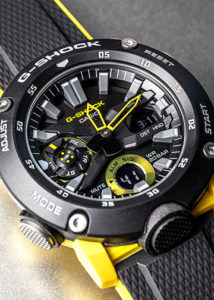 We’ve stepped on a few toes along the way. Some folks got their noses bent out of shape because we do gun stuff. Hey, let us know if you want your money back. One guy went away all butthurt because Google ads popped up mentioning President Trump and mortgage deals that I guess our President helped along. Hey, whatever. We don’t control the popups, and the Internet’s artificial intelligence does funny things with what it reads on the blog…I mentioned using my Casio’s backlight to help find my way to the latrine at night, and since that blog I’ve been getting an unending stream (no pun intended) of prostate treatment popups. I may click on a few of them. When you get your artificially-inseminated Google-driven popups, we’d like you to click on them, too. It makes money flow. To us. It’s what keeps us on the air, you know.
We’ve stepped on a few toes along the way. Some folks got their noses bent out of shape because we do gun stuff. Hey, let us know if you want your money back. One guy went away all butthurt because Google ads popped up mentioning President Trump and mortgage deals that I guess our President helped along. Hey, whatever. We don’t control the popups, and the Internet’s artificial intelligence does funny things with what it reads on the blog…I mentioned using my Casio’s backlight to help find my way to the latrine at night, and since that blog I’ve been getting an unending stream (no pun intended) of prostate treatment popups. I may click on a few of them. When you get your artificially-inseminated Google-driven popups, we’d like you to click on them, too. It makes money flow. To us. It’s what keeps us on the air, you know.
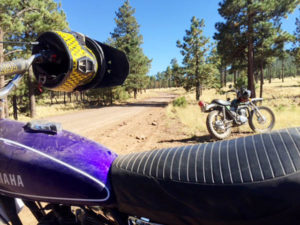 We did a lot of travel this year, but not as many motorcycle trips as we wanted. The Royal Enfields we took through Baja were fun, and we had a great story on that ride published in Motorcycle Classics. I really enjoyed riding and writing about the Genuine G400c. Joe did a great series on his Yamaha EnduroFest adventure, and he’s had articles published in Motorcycle.com. Joe did another series on motorized bicycles and it was a hoot.
We did a lot of travel this year, but not as many motorcycle trips as we wanted. The Royal Enfields we took through Baja were fun, and we had a great story on that ride published in Motorcycle Classics. I really enjoyed riding and writing about the Genuine G400c. Joe did a great series on his Yamaha EnduroFest adventure, and he’s had articles published in Motorcycle.com. Joe did another series on motorized bicycles and it was a hoot.
Joe and I both did shorter moto trips this past year, and we both want to get more riding in next year. Gresh and I are going to do a moto trip to Baja in 2020, and we may get to visit with Baja John in Bahia de Los Angeles (that dude likes Baja so much he  moved there). On any of the Mexico trips, we for sure will be insured with BajaBound Insurance, the best insurance there is for travel in Mexico. More good travel stuff? We published Destinations, a compendium of the travel stories appearing in Motorcycle Classics magazine, and it’s doing very well (thank you).
moved there). On any of the Mexico trips, we for sure will be insured with BajaBound Insurance, the best insurance there is for travel in Mexico. More good travel stuff? We published Destinations, a compendium of the travel stories appearing in Motorcycle Classics magazine, and it’s doing very well (thank you).
More plans? Gresh will be pouring more concrete, and I’ll be spending more time at the West End Gun Club. Joe is planning to maybe pick up the Zed resurrection again, and I’m pretty sure he’ll get that bike on the road within the next 12 months. We’ve got the upcoming 9mm comparo I mentioned yesterday, and for sure more gun articles. Good buddy Gonzo asked us to ride in the 2020 Three Flags Classic, and I’d like to make a go of that one this coming year (I was disappointed in myself for not riding that great event in 2019, but the circumstances just weren’t right). I think I’m going to write Tales of the Gun as a book and offer it for sale here on ExNotes, and maybe Joe Gresh will do the same with his collection of moto articles (and when he does, you can bet I’ll buy the first copy). We’ll be doing more product reviews, including movie and book reviews. I’m going to get on my bicycle more, and we may have some info on electric bicycles, too. You’ll read all about it right here.
So it’s a wrap for 2019. Susie bought a bottle of Gentleman Jack for me, and I’m going to pour a shot and watch 2020 roll in later tonight. To all of you, our best wishes for a happy and healthy 2020. Ride safe, ride often, and keep your powder dry.
Want to subscribe to our blog for free and never miss any of our motorcycle, travel, gun, bicycle, product review, and other blogs? We’ll never give your email address to anyone else, and you’ll never miss any of our stories! Sign up here:


